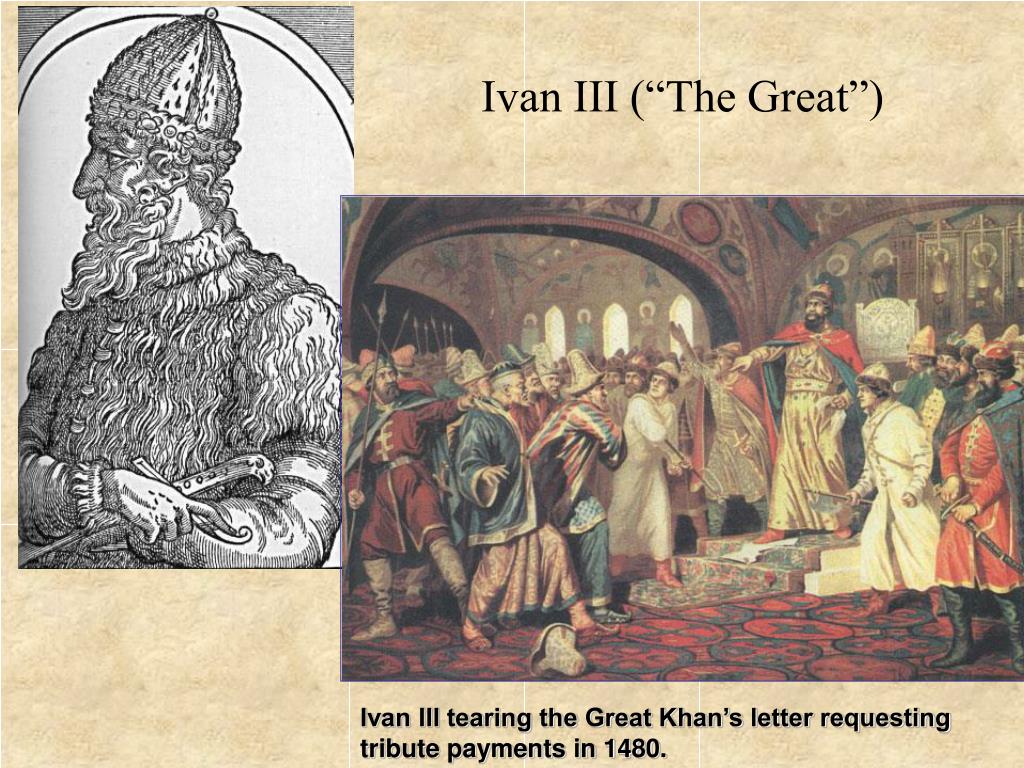Though the territory was wide and the imperial rule absolute, ignorance, illiteracy, and inefficiency weakened Russian society. Though the old nobility had been weakened, the new gentry was not firmly in control of the machinery of government.
Ivan’s son and heir, Feauedor (r. 1584-1598), was an imbecile, and with his death the Moscow dynasty, descended from the rulers of Kiev, died out. Cliques of rival nobles intrigued for power. Feauedor’s brother-in-law, Boris Godunov (r. 15981605), emerged as the dominant figure.
Godunov could not overcome Ivan’s legacy of disorder, the intrigues of the nobility, and a famine and plague that began in 1601. Bandits roamed the countryside, and when in 1603 a pretender arose under the protection of the king of Poland and falsely declared that he was a son of Ivan the Terrible, he won the support of many of the discontented. Russia was launched on the decade known as the “Time of Troubles” (1598-1613). After Godunov’s death, the pretender ruled briefly as czar. But within a year he was murdered and was succeeded by a representative of the ancient aristocracy.
New pretenders arose; the mobs of peasants and bandits were rallied once again; civil war continued, and Polish forces took Moscow. It soon appeared that the king of Poland intended to reign in Russia himself. It was this specter of foreign and Catholic domination that aroused the national sentiments of the Russians.
In answer to a summons from the patriarch, there assembled a kind of national militia, drawn largely from prosperous free farmers of the middle Volga region. They were organized by a butcher named Kuzma Minin and led by a nobleman named Dmitri Pozharski. Under their command the militia won the support of other rebellious elements and drove the Poles from Moscow in 1612-1613.

